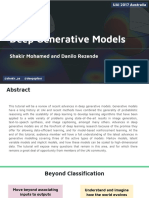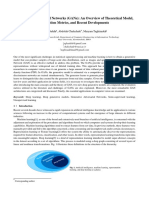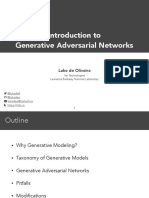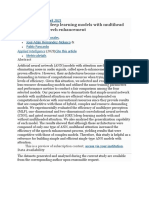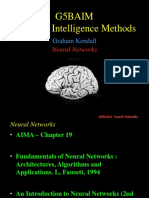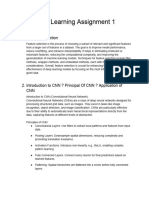0% found this document useful (0 votes)
11 views21 pages7 Deep Learning Generative Models
The document provides an overview of generative models in deep learning, focusing on autoregressive models, variational autoencoders, and generative adversarial networks. It discusses their operations, training processes, and applications in engineering. Additionally, it includes references and exercises related to the topic.
Uploaded by
ivan.aldayaCopyright
© © All Rights Reserved
We take content rights seriously. If you suspect this is your content, claim it here.
Available Formats
Download as PDF, TXT or read online on Scribd
0% found this document useful (0 votes)
11 views21 pages7 Deep Learning Generative Models
The document provides an overview of generative models in deep learning, focusing on autoregressive models, variational autoencoders, and generative adversarial networks. It discusses their operations, training processes, and applications in engineering. Additionally, it includes references and exercises related to the topic.
Uploaded by
ivan.aldayaCopyright
© © All Rights Reserved
We take content rights seriously. If you suspect this is your content, claim it here.
Available Formats
Download as PDF, TXT or read online on Scribd
/ 21





